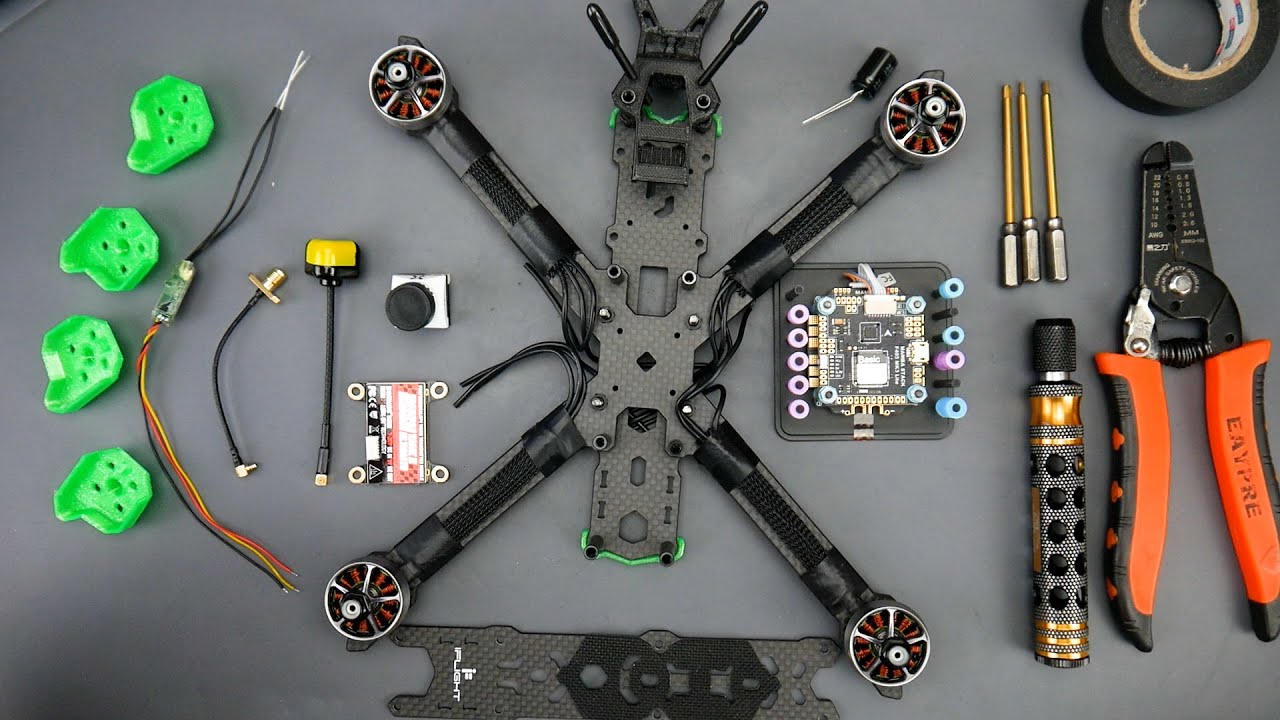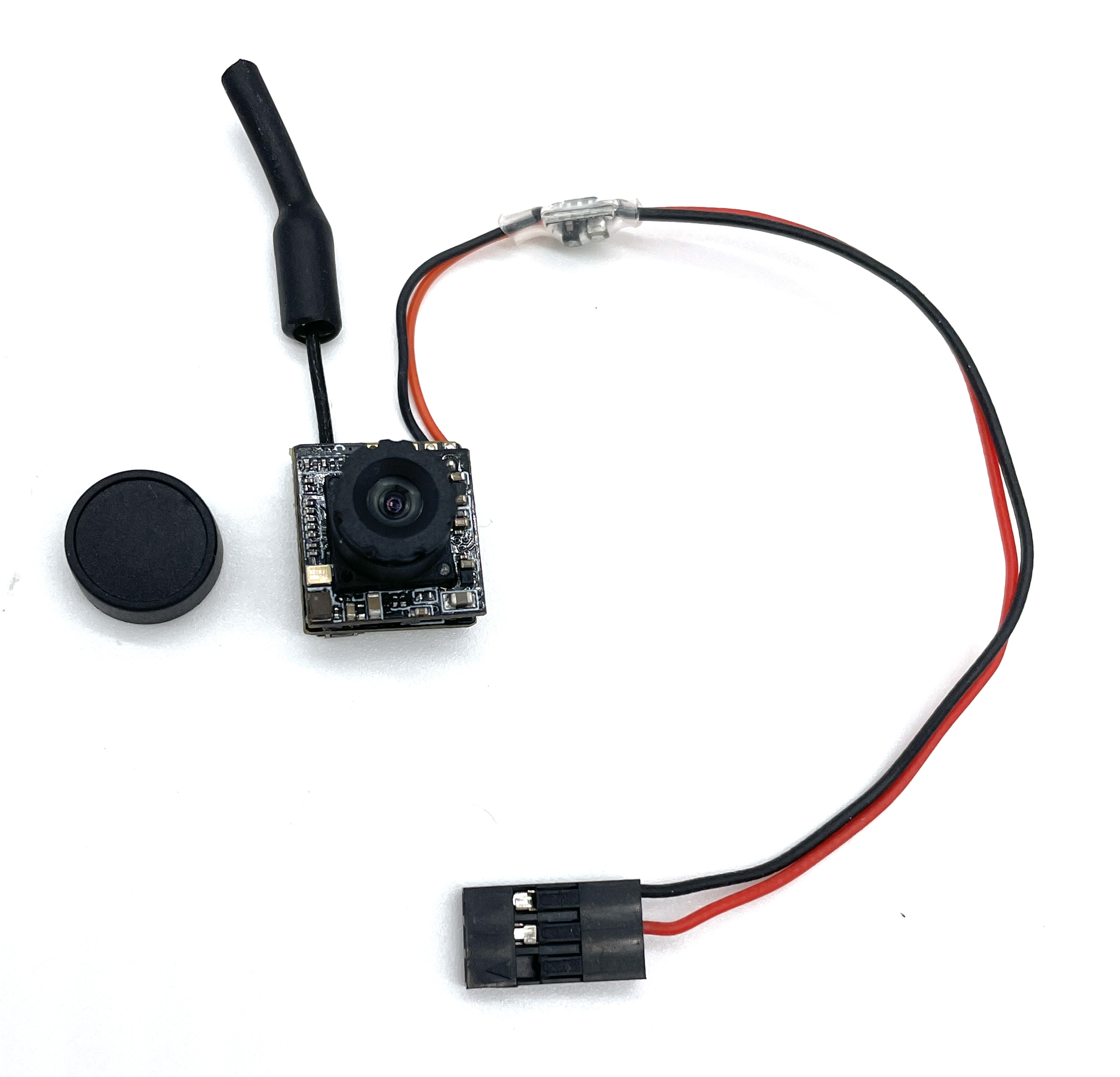 2024-01-31
2024-01-31
FPV, or First Person View, works by providing a real-time video feed from a camera mounted on an unmanned aerial vehicle (UAV), commonly known as a drone, to the operator's ground station. This ground station typically consists of FPV goggles or a monitor and a remote controller. Here's a breakdown of how FPV works: Camera on the Drone:
Camera on the Drone:
FPV drones are equipped with cameras that capture live video footage. These cameras are usually mounted on gimbals to provide stabilized and smooth video output, even during dynamic flight maneuvers.
Video Transmitter on the Drone:
The captured video feed from the drone's camera is sent wirelessly to the ground station using a video transmitter. The video transmitter modulates the video signal onto a radio frequency (RF) signal, which is then transmitted through an antenna.
Video Receiver on the Ground Station:
The ground station, where the operator is located, is equipped with a video receiver. This receiver is connected to FPV goggles or a monitor and has an antenna to capture the transmitted RF signal from the drone.FPV Goggles or Monitor:
Pilots use FPV goggles or a monitor to view the live video feed from the drone's camera. FPV goggles offer an immersive experience by blocking out external light and providing a large field of view, simulating the feeling of being inside the drone.
Remote Controller:
The operator controls the drone's movements using a remote controller. This controller is equipped with joysticks or other input devices to manage the drone's flight, such as throttle for altitude control, pitch and roll for directional movement, and yaw for rotation.
Antennas:
Both the drone's video transmitter and the ground station's video receiver have antennas. The antennas play a crucial role in maintaining a stable and reliable connection between the drone and the operator. The type and orientation of antennas can affect signal strength and range.
Real-Time Feedback:
As the drone moves through the air, the operator receives real-time video feedback, allowing them to navigate the drone as if they were on board. This immersive experience is what sets FPV apart from traditional drone piloting.

On-Screen Display (OSD):
Some FPV systems include an On-Screen Display (OSD) that overlays additional information on the video feed, such as battery voltage, flight time, and GPS data. This information helps the operator monitor important parameters during flight.
In summary, FPV works by transmitting live video footage from a drone's camera to a ground station, where the operator uses FPV goggles or a monitor to experience flight from the drone's perspective. The real-time feedback allows for an immersive and thrilling flying experience, making FPV popular in various applications such as drone racing, freestyle flying, and aerial cinematography.
